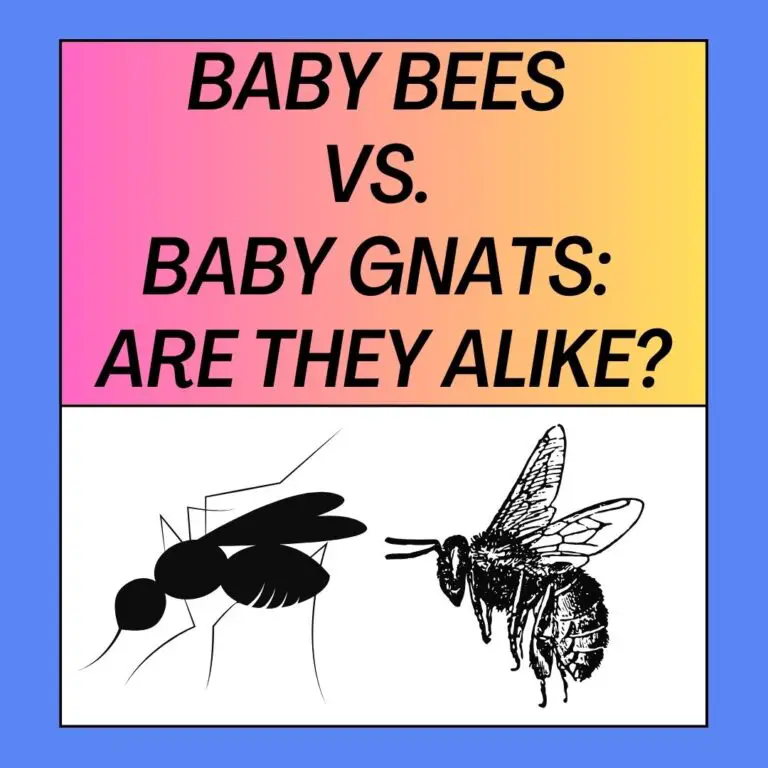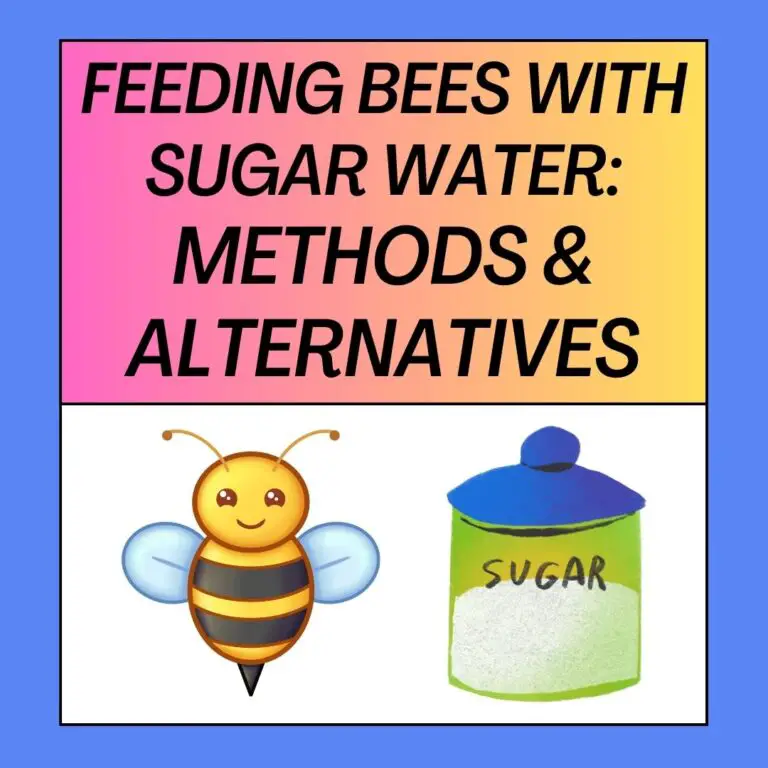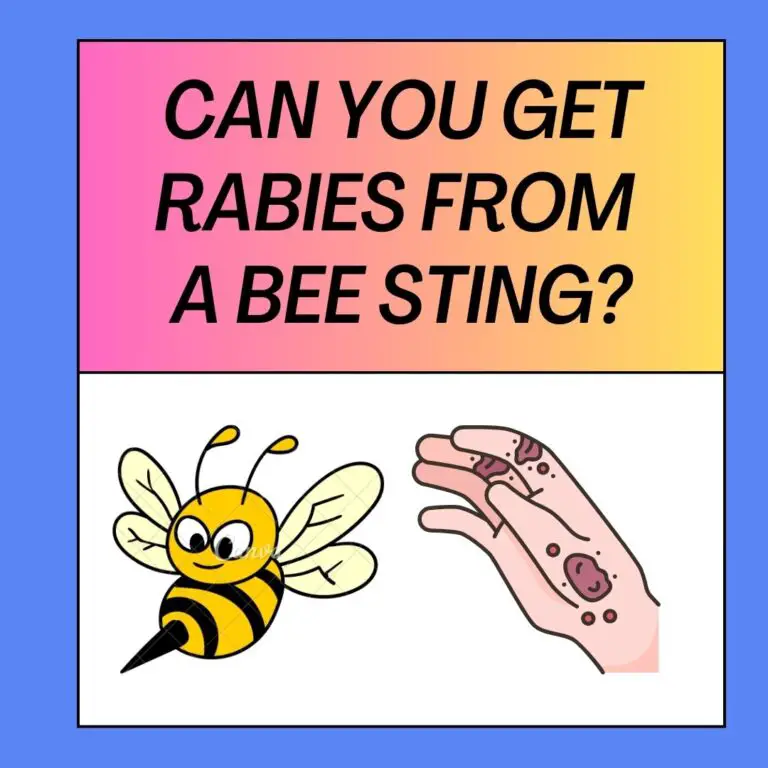
Bees, those industrious pollinators responsible for much of the world’s food production, are facing numerous threats in the modern world. Factors such as habitat loss, pesticide use, climate change, and disease have taken a toll on bee populations worldwide. While honeybees tend to receive the most attention due to their critical role in agriculture, there are many species of wild bees that are also essential for pollination and face their own set of challenges. In this article, we’ll explore the concept of endangered and threatened bees, focusing on both wild and domesticated species.
Endangered and Threatened Bees: A Growing Concern
Bees play a vital role in ecosystems by pollinating plants, including many of the crops that make up the human diet. However, in recent decades, bee populations have been declining globally. This decline has prompted concerns among scientists, conservationists, and policymakers about the potential consequences for both natural ecosystems and agriculture.
While honeybees (Apis mellifera) are the most well-known and widely managed bee species, numerous wild bee species contribute significantly to pollination. These wild bees belong to various genera and are often referred to as “native bees.” Some of these native bee species are now considered endangered or threatened due to various factors.
Factors Contributing to Bee Decline:
- Habitat Loss: Urbanization, agriculture, and land-use changes have led to the destruction or fragmentation of bee habitats. Many bee species rely on specific plants for nectar and pollen, and the loss of these plants can be detrimental.
- Pesticide Use: The widespread use of pesticides, particularly neonicotinoids, has been linked to bee declines. These chemicals can harm bees directly or affect their foraging abilities and reproductive success.
- Climate Change: Altered climate patterns can disrupt the timing of flowering and bee emergence, leading to mismatches between bees and the plants they pollinate.
- Disease and Parasites: Bees are susceptible to various diseases and parasites, including Varroa mites, Nosema fungi, and more. These pathogens can weaken or kill bee colonies.
- Competition with Invasive Species: Invasive bee species, such as the European honeybee in non-native environments, can outcompete native bees for resources.
Honeybee Health:
While honeybees are not currently listed as endangered or threatened, they face significant health challenges. Colony Collapse Disorder (CCD) and other factors have led to substantial honeybee colony losses in recent years. Beekeepers often need to manage pests, diseases, and nutritional needs to maintain the health of their colonies.
Conservation Efforts:
Efforts to conserve endangered and threatened bee species involve a combination of strategies:
- Habitat Restoration: Restoring and preserving natural habitats that support diverse bee populations is crucial.
- Reducing Pesticide Use: Implementing practices that reduce pesticide exposure, such as integrated pest management (IPM), benefits both wild and managed bees.
- Disease Management: Monitoring and managing bee diseases and parasites can help protect bee populations.
- Public Awareness: Raising awareness about the importance of bees and their conservation is essential for garnering support and encouraging pollinator-friendly practices.
12 Endangered and Threatened Bee Species:
1. Bumblebee (Bombus spp.):
- Status: While not all bumblebee species are endangered, many face significant population declines.
- Threats: Habitat loss, pesticide exposure, climate change, and diseases have contributed to their decline.
- Conservation: Conservation efforts include protecting their habitats, reducing pesticide use, and promoting native plant gardens.
Rusty-Patched Bumblebee (Bombus affinis): This bumblebee species was the first bee in the continental United States to be listed as endangered. It has experienced a significant decline due to habitat loss, pesticide exposure, and disease.
2. American Bumblebee (Bombus pensylvanicus):
- Status: Considered critically imperiled in some regions.
- Threats: Similar to other bumblebees, it faces habitat loss, pesticide exposure, and diseases.
- Conservation: Conservationists work to safeguard its habitats and raise awareness of its importance.
3. Rusty-Patched Bumblebee (Bombus affinis):
- Status: Endangered.
- Threats: Habitat loss, pesticide use, and disease have driven this species to the brink of extinction.
- Conservation: Efforts are focused on protecting its remaining habitats and captive breeding programs.
4. Hylaeus kuakea:
- Status: Endangered.
- Threats: Habitat destruction and the invasion of non-native plant species threaten its survival.
- Conservation: Conservationists are working to restore native Hawaiian plant habitats to benefit these bees.
5. Hylaeus facilis:
- Status: Endangered.
- Threats: Habitat loss and competition with invasive species pose significant risks.
- Conservation: Protecting and restoring native Hawaiian vegetation is essential for their survival.
6. Western Bumblebee (Bombus occidentalis):
- Status: Declining and potentially at risk.
- Threats: Pesticides, habitat loss, and diseases have contributed to its decline.
- Conservation: Monitoring populations and reducing pesticide exposure are critical for its conservation.
7. Suckley’s Cuckoo Bumblebee (Bombus suckleyi):
- Status: Threatened in some regions.
- Threats: Its survival is linked to the decline of its host bumblebee species.
- Conservation: Protecting host species and their habitats indirectly benefits this cuckoo bee.
8. Fraternal Bumblebee (Bombus fraternus):
- Status: Vulnerable.
- Once found in the Pacific Northwest of the United States, this bumblebee species is now considered critically endangered, with no confirmed sightings since 2006. Habitat loss and disease are believed to be contributing factors.
- Threats: Habitat degradation and pesticide exposure are contributing to its decline.
- Conservation: Preserving diverse floral resources and reducing pesticide use are crucial.
Other Native Bees:
Various native bee species, including mason bees, leafcutter bees, and mining bees, face localized threats and are of conservation concern.
Summary
In conclusion, while honeybees are not currently classified as endangered or threatened, many wild bee species are facing significant challenges. The decline of these native bees can have far-reaching ecological and agricultural consequences. Efforts to protect and conserve bee populations are essential for maintaining biodiversity and food security. By addressing the various factors contributing to bee declines, we can help ensure the continued well-being of these vital pollinators.
The conservation of these endangered or threatened bee species requires collaborative efforts involving governments, conservation organizations, researchers, and the general public. Protecting their habitats, reducing pesticide use, and promoting native plant gardens are essential steps toward ensuring their survival and the health of our ecosystems.






